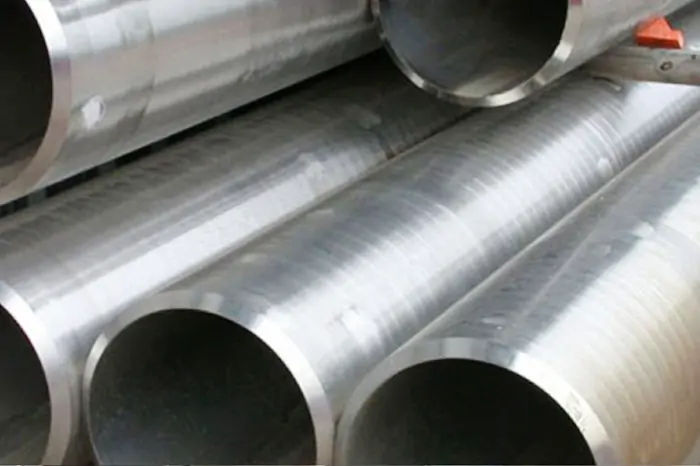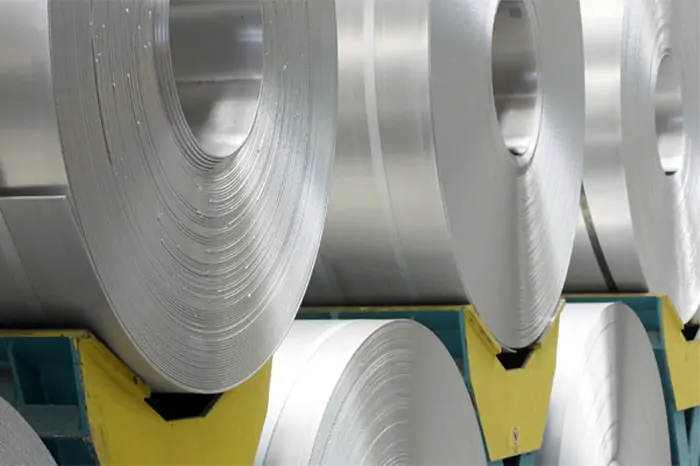In today’s fast-paced industrial world, the demand for materials that can withstand extreme conditions is ever-growing. High-temperature braze alloys are at the forefront of this demand, providing the strength and durability required for a myriad of applications. In this article, we delve into the world of high-temperature braze alloys, exploring their applications, benefits, and the key reasons why they are essential in many industrial processes.
Table of Contents
ToggleHigh-temperature braze alloys are materials used to join metals at temperatures typically above 450°C. These alloys are designed to create strong, heat-resistant bonds that can endure harsh environments and the stresses of high-temperature operations. The process of brazing involves melting the braze alloy and allowing it to flow into the joint, creating a solid bond as it cools.
Types of High Temperature Braze Alloys
There are several types of high-temperature braze alloys, each suited for specific applications. Some of the most common include:
- Nickel-based alloys: Known for their excellent corrosion and oxidation resistance, these alloys are often used in aerospace and automotive industries.
- Cobalt-based alloys: Valued for their high strength and wear resistance, making them ideal for demanding environments.
- Silver-based alloys: Although typically used at lower temperatures, certain compositions can withstand higher temperatures and are used in electronics and electrical applications.
Why Use High Temperature Braze Alloys?
The use of high-temperature braze alloys offers several advantages over other joining methods. These include:
Superior Heat Resistance
High-temperature braze alloys are specifically designed to maintain their integrity in extreme heat. This makes them ideal for applications such as gas turbines, heat exchangers, and other high-temperature environments where other joining methods might fail.
Enhanced Durability
The bonds created through high-temperature brazing are robust and long-lasting. This means that components joined with these alloys can withstand both mechanical stresses and thermal cycling without degrading over time.
Versatility in Materials
High-temperature brazing allows for the joining of dissimilar metals. This versatility is crucial in industries where different materials need to be joined without compromising their individual properties.
Applications of High Temperature Braze Alloys
High-temperature braze alloys are used across a wide range of industries due to their unique properties and benefits. Let’s explore some of the key applications:
Aerospace Industry
In the aerospace industry, high-temperature braze alloys are essential for manufacturing components that must endure extreme temperatures and pressures. From jet engines to heat shields, these alloys ensure that aerospace components remain reliable and functional even under the most challenging conditions.
Automotive Industry
The automotive industry relies on high-temperature braze alloys for the production of exhaust systems, turbochargers, and other high-performance components. The ability to withstand high heat and maintain structural integrity is crucial for the efficiency and longevity of automotive parts.
Electronics and Electrical Industries
In electronics, high-temperature braze alloys are used to join components that must operate at high temperatures. The reliability of these joints is critical in ensuring the performance and safety of electronic devices.
Power Generation
High-temperature braze alloys are extensively used in power generation, particularly in the construction of turbines and heat exchangers. Their ability to withstand high thermal loads makes them indispensable in maintaining the efficiency and safety of power plants.
Choosing the Right High Temperature Braze Alloy
Selecting the appropriate high-temperature braze alloy depends on several factors, including the specific application, the types of materials being joined, and the environmental conditions the joint will be exposed to. Here are some considerations to keep in mind:
Compatibility with Base Materials
Ensure that the chosen braze alloy is compatible with the materials you intend to join. This helps in achieving a strong and durable bond.
Operating Temperature
Consider the maximum operating temperature of the application. Choose a braze alloy that can withstand these temperatures without losing its structural integrity.
Corrosion and Oxidation Resistance
In environments where components are exposed to corrosive elements, selecting a braze alloy with high corrosion and oxidation resistance is crucial for longevity and performance.
Conclusion
High-temperature braze alloys play a vital role in many industrial processes, providing the necessary strength and heat resistance for applications across various industries. From aerospace to power generation, these alloys ensure that components remain durable and reliable even under extreme conditions.
By understanding the properties and applications of high-temperature braze alloys, industries can make informed decisions in selecting the right materials for their specific needs, ultimately enhancing the performance and efficiency of their operations. As technology advances, the demand for these versatile and robust materials is only set to grow, underscoring their importance in the modern industrial landscape.









